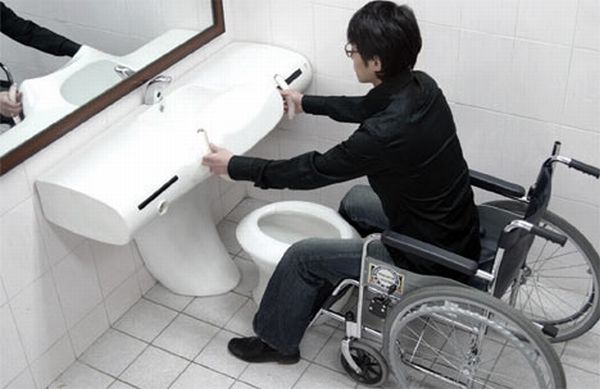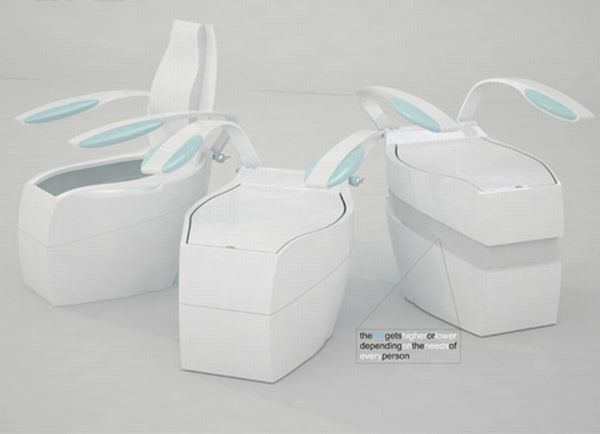Disabled people face a lot of problems when it comes to doing the daily chores. Sitting on the toilet sit can also be a challenge for them which often lead to the feeling of dependency on others for doing the work. For helping such handicapped people, various innovative toilet designs have been made.
It is a common norm now days to have toilets which are built to serve the handicapped. In most of the public toilets, it is mandatory to install toilets which can be used by handicapped people. However, the pressing concerns have been that bathrooms for handicapped people require more amounts of space as well as money owing to the special services that need to be installed. Let us look at some of the innovative universal bathroom ideas designed for handicapped people.
- The universal toilet concept
Developed by Korean designers, this toilet design helps the disabled people to easily use the toilet and then dismantle it into a normal toilet structure. Thus, it can be used by normal in addition to those who are handicapped. In addition to that, handicapped people can use the same set of facilities as that of normal people, which removes the notion of being specially treated from the minds of disabled people.
The design for the concept is available in two different formats as per the requirement. This toilet idea serves excellently in public toilets. Not only does it save the space and money, it can be easily used simultaneously by normal as well as disabled users.
- HT4 Toilet concept
This type of toilet is very similar to the normal toilet except that it has handles which could be taken up or down, depending on the need of the disabled person. Such a facility helps a disabled person for support and the cost of installation is very much on the same levels as that of a normal toilet. This HT4 concept is gaining more and more prominence today owing to its simple and versatile approach.
The key idea in designing toilets for handicapped people is to keep into account the money and space. Space must be similar to that occupied by normal toilets while the cost must not be much higher than normal toilet building cost. Also, versatile approach may pay off well. Designing toilets that can be used by handicapped as well as normal people, can ward off the stigma of physically challenged people as well as save cost and space.




